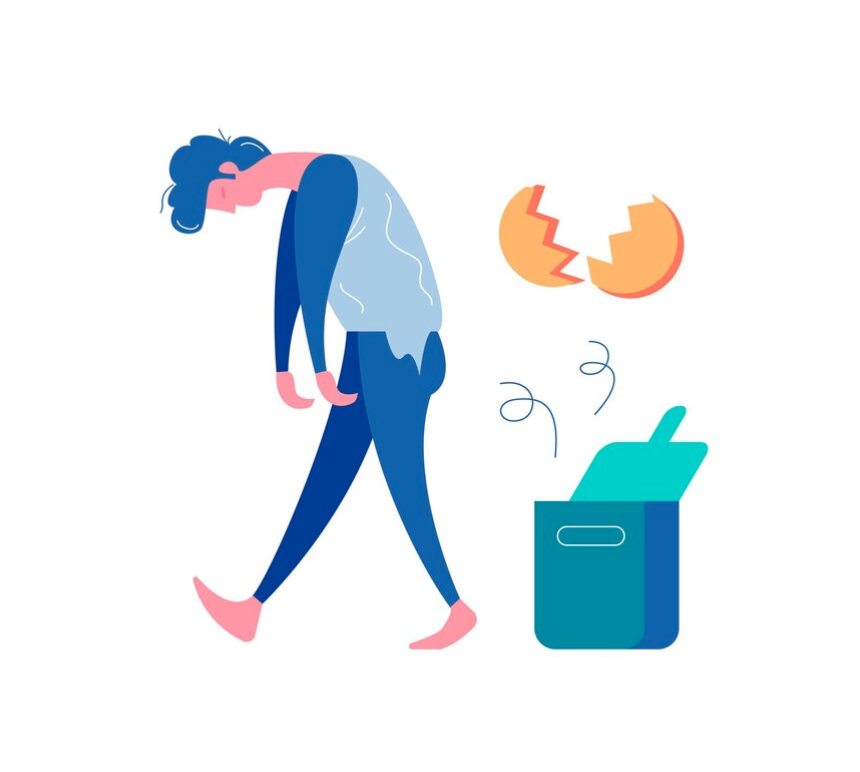The latest figures from the Insolvency Service for England & Wales reveal a positive shift in personal insolvency trends, with a 4% decline in May 2024 compared to the previous month. A total of 9,266 personal insolvencies were registered in May, marking a notable decrease and reflecting an ongoing recovery from the economic impacts of the past few years.
Year-on-Year and Historical Comparison
When compared to May 2022, personal insolvencies have decreased by 7.2%, down from 9,986 cases. The figures are even more encouraging when looking at pre-pandemic levels, showing a significant 15.7% decline from May 2019’s total of 10,989.
The May 2024 personal insolvency data is composed of:
- 604 bankruptcies
- 3,716 debt relief orders (DROs)
- 4,946 individual voluntary arrangements (IVAs)
Trends in Insolvency Types
The number of IVAs registered in May 2024 was lower than the numbers seen over the past 12 months, and also 19% lower than in May 2023. Meanwhile, DROs saw an increase, reaching record highs in April and May 2024, coinciding with the removal of the £90 administration fee for obtaining a DRO from April 6, 2024. Bankruptcy numbers remained relatively low, continuing a downward trend that began in 2009 and was accelerated by the COVID-19 pandemic. The 604 bankruptcies in May 2024 were lower than the monthly average from 2014 to 2023, which stood at 1,129.
Breathing Space Registrations
The Debt Respite Scheme, also known as Breathing Space, saw 7,652 registrations in May 2024, a 14% increase from May 2023. This total included 7,547 Standard breathing space registrations and 105 Mental Health breathing space registrations. Since the scheme’s inception in May 2021, StepChange Debt Charity has been a significant contributor, registering 62% of all breathing spaces.
Expert Insights
Tim Cooper, President of R3, the UK’s insolvency and restructuring trade body, commented on the trends:
“The month-on-month fall in numbers is due to fewer people entering a Bankruptcy and Individual Voluntary Arrangement (IVA) last month, while the annual increase in personal insolvency numbers is due to a rise in Debt Relief Orders after the entry fee for this process was removed in April of this year.”
Cooper also highlighted the persistent demand for debt support, indicating that while some are managing to avoid insolvency, many still require assistance to handle their financial difficulties:
“It’s clear that there is still ongoing demand for debt support in England and Wales. The number of people entering a Breathing Space has also increased slightly, providing respite from creditor pressure.”
Steve Vaid, Chief Executive of the Money Advice Trust, emphasized the role of Debt Relief Orders in alleviating financial stress:
“The record numbers of Debt Relief Orders registered reflect the challenges many are facing in keeping their finances afloat. Options like Debt Relief Orders can help remove some of the financial and emotional pressure.”
Economic Context
The decline in personal insolvencies comes amidst ongoing economic pressures, including rising costs of essentials such as food, fuel, and energy. Despite a decrease in inflation and a forthcoming reduction in the energy price cap from July, household expenses remain significantly higher than they were three years ago. This has led to increased efforts by individuals to save money and manage their finances more effectively.
Conclusion
The 4% drop in personal insolvencies in May 2024 is a hopeful sign of financial recovery and stability for many individuals in England and Wales. However, the economic challenges continue to exert pressure on households, necessitating ongoing support and accessible financial solutions. The rise in the use of Debt Relief Orders and Breathing Space registrations highlights the importance of such mechanisms in providing relief and enabling better financial management during these challenging times.






